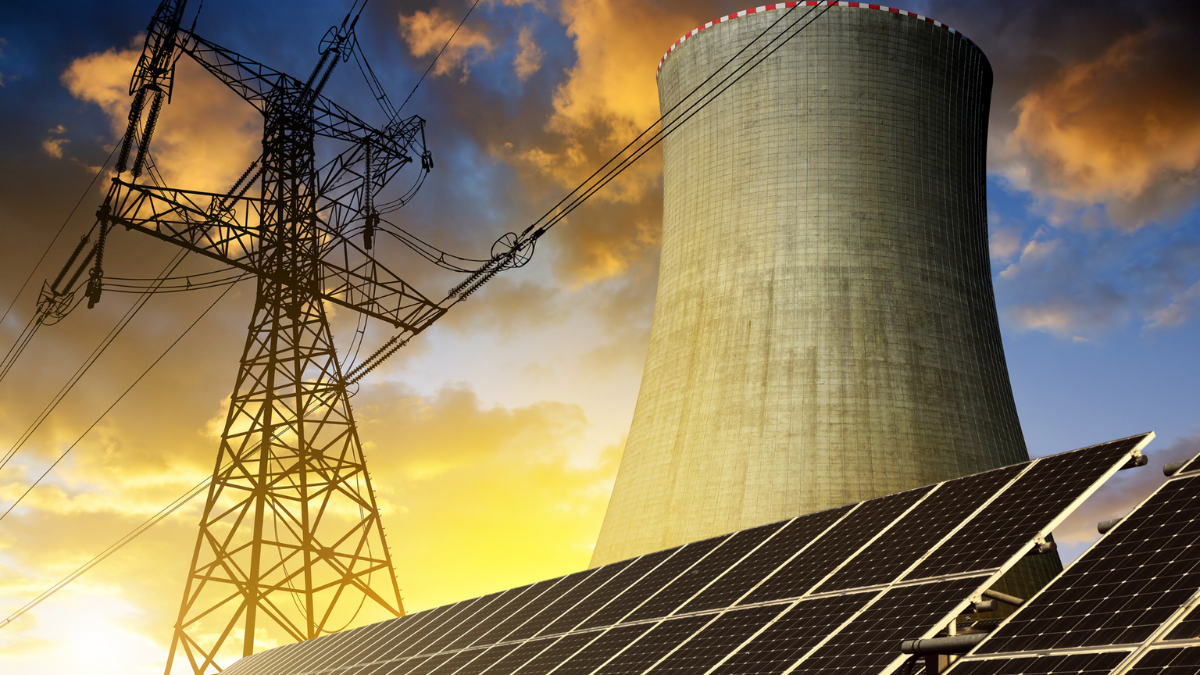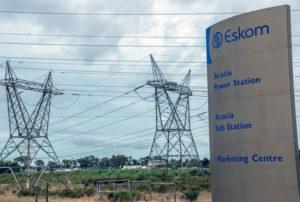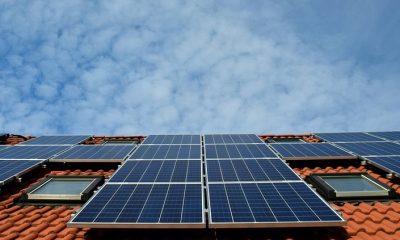Business
Eskom Unveils 2024 Tariff Plan: Changes for Residential, Solar, and Industrial Users

Eskom Proposes Major Overhaul to Electricity Tariffs in 2024: What You Need to Know
The National Energy Regulator of South Africa (NERSA) has published Eskom’s proposed Retail Tariff Plan for public consultation, outlining significant changes to how electricity tariffs will be structured for various customer segments in 2024. Eskom’s new plan aims to better align tariffs with the actual costs of generating, transmitting, and distributing electricity. It is expected to impact residential users, solar photovoltaic (PV) system owners, municipal distributors, and large industrial consumers.
According to Monde Bala, Group Executive for Distribution at Eskom, “The electricity supply industry is undergoing fundamental changes that will set the course for economic growth and prosperity in the years ahead. It is therefore vital that as many stakeholders as possible engage with NERSA on the proposed changes to support the determination of tariffs that are as fair as possible for all customers.”
Key Changes in Eskom’s 2024 Retail Tariff Plan
Eskom’s proposed adjustments focus on rebalancing tariff charges without generating additional revenue beyond what has been approved by NERSA for the 2024/25 period. The key changes include:
1. Removal of the Inclining Block Tariff (IBT):
Eskom plans to eliminate the Inclining Block Tariff (IBT) for residential customers. Currently, this tariff structure charges higher rates for increased electricity usage, resulting in steeper costs for households consuming more power. The proposed change aims to implement a flat rate for all residential users, making it simpler and potentially lowering costs for low-usage households.
Impact:
- Low-usage households will pay a consistent rate throughout the month.
- The removal of the IBT is expected to benefit consumers who have been paying higher rates due to their cumulative monthly consumption.
2. New Tariffs for Solar Rooftop PV Users:
The revised plan includes specific tariff adjustments for customers using solar photovoltaic (PV) systems. Those who rely on Eskom-supplied electricity during cloudy days or peak periods will continue paying for grid access. However, solar users who feed excess energy back into the grid can earn energy credits, potentially reducing their overall electricity bills.
Impact:
- Solar users benefit from credits when exporting surplus energy to the grid.
- The plan encourages greater adoption of solar energy, contributing to a more stable and sustainable energy supply.
3. Lower Costs for Municipal Distributors:
Municipal distributors, who purchase electricity in bulk from Eskom, will see a reduction in fixed charges. Eskom is also streamlining the current 15 tariff options for municipalities into just three categories, simplifying the pricing structure and making it easier for municipalities to plan and budget for their electricity needs.
Impact:
- Reduced fixed charges aim to lower the costs passed on to end-users by municipalities.
- Simplified tariff options could enhance transparency and improve financial planning for municipal distributors.
4. Reduced Charges for Large Industrial and Commercial Users:
Large industrial, mining, and commercial customers will benefit from reduced fixed charges and lower winter energy prices. Eskom plans to recalibrate service charges based on each point of supply to better reflect the actual resources needed for electricity delivery.
Impact:
- Lower charges during high-demand winter periods could support industrial growth.
- Fairer pricing based on specific supply points helps reduce unnecessary costs for large users.
The Rationale Behind Eskom’s Proposed Tariff Plan
Eskom’s primary goal with the new tariff plan is to fully unbundle its tariff structure. This unbundling separates the charges for electricity capacity usage from network services, reflecting the actual costs of providing each service. By doing so, Eskom aims to eliminate cross-subsidies, ensuring that customers only pay for the services they use.
Additionally, the revised tariffs are designed to support the integration of alternative energy sources, such as solar and wind, into the national grid. This approach aligns with South Africa’s broader energy transition goals, enhancing the stability of the electricity supply while promoting sustainable energy practices.
Public Consultation Process
Eskom is inviting public input on its proposed Retail Tariff Plan as part of a broader consultation process facilitated by NERSA. Stakeholders, including residential customers, business owners, and energy experts, are encouraged to review the proposed changes and provide feedback. Public hearings will be held, where Eskom representatives will address questions and concerns related to the new tariff structure.
Monde Bala emphasized the importance of stakeholder engagement, saying, “It is crucial that all interested parties participate in the consultation process to ensure that the final tariff determination is fair, transparent, and aligned with the needs of all customers.”
The full Retail Tariff Plan and a customer impact assessment tool are available on Eskom’s official website, allowing the public to understand how the proposed changes may affect their electricity bills.
How to Get Involved
Members of the public can access the detailed proposal and impact assessment tool on Eskom’s website and are encouraged to submit their feedback directly through the platform. The consultation period is a critical step in shaping the final tariff structure, and participation is vital to ensure that the new rates reflect the interests of all customer groups.
Upcoming Public Hearings:
- Date: To be announced
- Location: Various regions across South Africa (with virtual options available)
Eskom’s proposed Retail Tariff Plan for 2024 represents a significant shift in how electricity tariffs are structured in South Africa. By removing the Inclining Block Tariff, introducing new options for solar users, and adjusting rates for municipalities and large industrial customers, Eskom aims to create a fairer, more transparent pricing system. As the country navigates its energy transition, these changes are expected to support the integration of renewable energy sources and enhance the stability of the national grid.
Stakeholders are urged to participate in the public consultation process to ensure that their voices are heard in shaping the future of South Africa’s electricity tariffs.



























